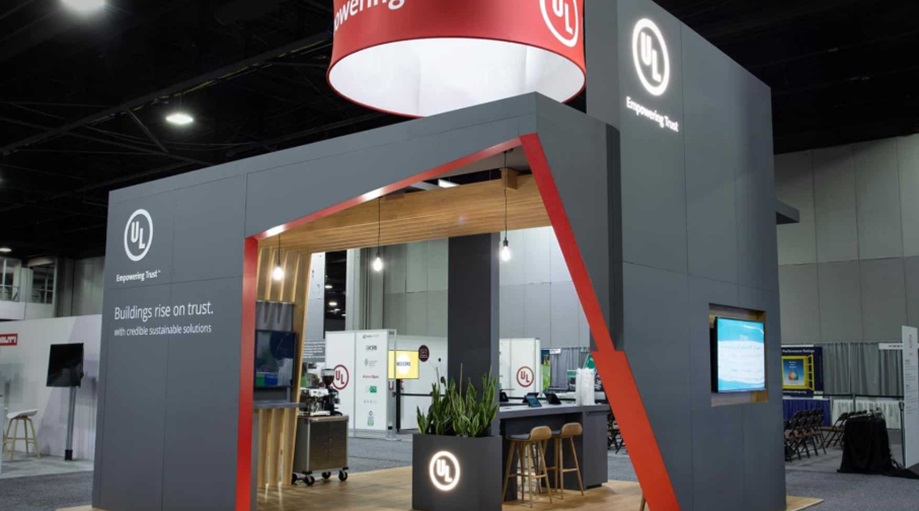When it comes to custom trade show exhibits, the materials you choose can make or break the design’s effectiveness. From durability to visual appeal, selecting the right materials ensures your exhibit not only stands out but also serves your marketing goals. Whether you’re designing from scratch or revamping an existing booth, understanding the material options is key to making informed decisions.
Why Material Selection Matters
Trade show displays are subjected to a lot—frequent handling, transportation, and constant exposure to crowds. Choosing the right materials helps ensure durability, minimizes maintenance costs, and creates a polished appearance. The wrong choices can lead to early wear and tear, distracting from your message. Additionally, the aesthetic impact of your booth is highly influenced by its material quality. With so much riding on material selection, it’s important to get it right from the start.
Types of Materials and Their Benefits
Lightweight Materials
For companies frequently attending shows, lightweight materials like aluminum, PVC, or fabric are excellent options. These not only reduce shipping costs but also simplify the assembly process. Fabric overlays, for instance, are versatile and perfect for dynamic designs like modular booths.
Durable, Long-Lasting Materials
For a more permanent exhibit, consider materials such as wood, metal, or high-pressure laminates. Wood creates a premium, high-end finish ideal for showcasing luxury or high-value products. Metals like steel offer a sleek appearance and unmatched durability, suitable for heavier structures or intricate designs.
If you’re unsure about the specifics of your event type, it might help to distinguish between exhibitions and trade shows.
Eco-Friendly Options
Sustainability is a rising priority for many businesses. Materials like recycled aluminum, sustainable wood, or bamboo offer the bonus of eco-consciousness while maintaining professional appeal. Investing in these options can also align with broader corporate social responsibility goals.
Factors to Consider When Choosing Materials
Budget Constraints
While premium materials provide durability and aesthetics, they often come at a higher cost. Balancing your need for quality with your budget is crucial. Discussing options with your exhibit designer can help ensure you don’t overspend.
Transportation and Storage
Consider how your booth will be moved from event to event. Lightweight materials reduce logistics challenges, while modular designs offer compact storage and quick assembly.
Visual Impact
The materials you select also affect how your brand is perceived. Glass or polished metal, for example, conveys sophistication, while natural wood fosters warmth and authenticity. Ensure your materials complement your brand identity for maximum impact.
Conclusion
Picking the right materials is only part of crafting an effective trade show display. From planning layouts to coordinating brand messaging, every detail plays a role. For a deeper understanding of how to prepare for trade shows, check out this comprehensive guide on trade show planning. It can provide valuable insights to enhance your event presence.
By carefully selecting materials that suit your needs, budget, and marketing goals, your custom trade show exhibit can truly shine. Whether lightweight and portable or substantial and permanent, a thoughtful approach to material choice ensures your display is both functional and eye-catching.


